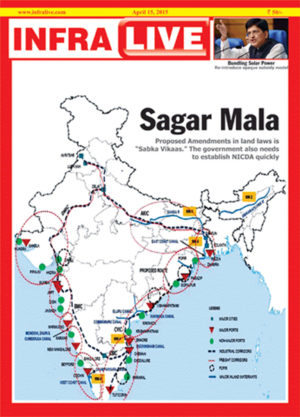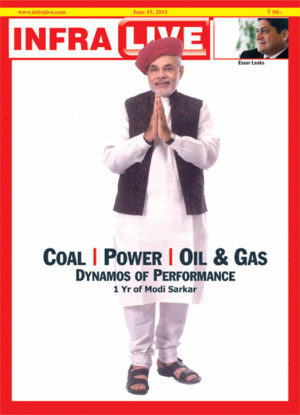Generations of Indians have grown up without electricity, many meritorious students still study by the light of kerosene lamps. And the road to total electrification in India always seemed an unending journey, up until this time. As targets are being fulfilled, new ones are being devised.
On August 15, 2015, the government had set a 1000-day mark for providing electricity in every village of the country. This is now nearing completion as only 2,760 more villages are to be covered out of 18,452 villages. This being the implementation status, another concentric performance layer has been added by the Prime Minister, that of providing electricity to every household. On September 25, 2017, Mr Modi set another task – provide electricity connection to every household of the country, by March 2019.
It is called, Pradhan Mantri Sahaj Bijli Har Ghar Yojana, or Saubhagya scheme. Electricity made easy for each household and good fortune, the scheme’s appellation means. It is worth over Rs 16,000 crore for universal household electrification and will cover a total of 3 crore households, 2.5 crore in rural areas and 50 lakh for poor living in urban areas. But the target is a gargantuan task. Accomplishing this would mean that in 18 months, 22.25 lakh households every month have to be covered. The present average for the last three months is 4.32 lakh per month and for last nine months the average is 2.85 lakh per month. Given this stat, the performance would have to be enhanced by six times.
The scheme would be funded through a mix of funds released by the union and state governments and loans. The union government would provide 60 pc funds for the programme amounting to Rs 12,320 crore. For special category states, the centre’s contribution would be 85 pc.
State governments and their utilities would provide 10 pc funds. In the case of special category states, it would be 5 pc. The remaining expenditure would be met through loans.
Of this, the gross budgetary support (GBS) is Rs 12,320 crore. For rural households, the outlay is Rs 14,025 crore of which the GBS is Rs 10,587.50 crore. For urban households, the outlay stands at Rs 2,295 crore of which the GBS stands at Rs 1,732.50 crore.
The major beneficiaries of this scheme will be the APL households located in UP, Bihar, Assam, Maharashtra, Rajasthan, Odisha and Jharkhand. Besides, households in remote locations will receive equipment (solar power packs, LED lights, DC Fan, power plug) and maintenance support. The programme will also lead to demand spurt and thereby improve capacity utilization of plants. Thus it benefits both those at the bottom of the pyramid as also the industry.




